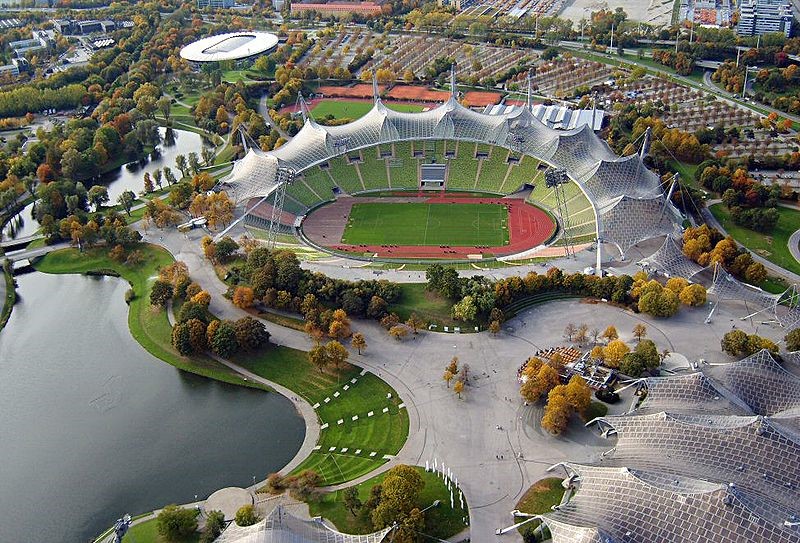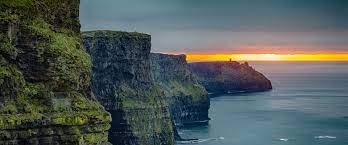People have used fabric in structures for hundreds of years, from the tepees of native Americans to the tents of desert dwellers. Yet until relatively recently more permanent architecture has usually relied on heavier materials like wood, stone, brick and metal.

Architectural Work
It wasn’t until the post-war era that interest started to grow in using fabric as an architectural material. A German, Frei Otto, carried out pioneering research into the benefits of tensioned fabric and developed an understanding of how it could create complex shapes using the minimum of material.
It was another German, Horst Berger, who paved the way for building bespoke tensile fabric structures thanks to his development of mathematical models that defined how they behaved. This and the qualities of fabric – lightweight and translucent as well as allowing for sustainability and the conservation of materials – have seen more and more fabric structures begin to appear.
Fabric has grown in popularity in recent years, as the advent of computer-aided design makes it easier to calculate the complex forms and stresses required to create a successful roof structure, even over large areas.
Iconic Structures
Fabric has been used in some well-known and iconic projects. These include the Millennium Dome (now the O2 Arena) in London and the Hajj Terminal in Saudi Arabia – one of the biggest fabric structures in the world.
Structures from companies such as https://www.spatialstructures.com/ use steel framing or cables to provide support. To provide durable long-term protection, the fabric has a coating to protect it. Typically, this will be polyester coated with PVC or fibreglass coated with silicon or Teflon. Which fabric is used will depend on the size of the building, as they have different properties. The exterior coating is used to protect against ultraviolet light, moisture and mould. Tensile Fabric structures are generally designed to be self-cleaning so that dirt washes off with water. This is often regarded as a cheaper alternative to other types of construction methods
Because it’s translucent, fabric can make a structure feel light and airy, but at the same time they reflect the sun’s rays, preventing heat build-up. The Hajj Terminal, for example, can be subject to 120 degrees Fahrenheit external temperatures, but the temperature within seldom rises above 80. In colder climates an extra layer of fabric or a thermal lining can be employed to help retain heat within the structure.



